Search results for: “”
-

Why Does Biology Corner Have Advertisements?
When I started this website in 2001, it was a simple project required to earn my graduate degree in educational technology. At the time, all of the pages were created by writing html into a text file. It was a painstakingly long process and the pages never really looked like I wanted them to. Eventually,…
-
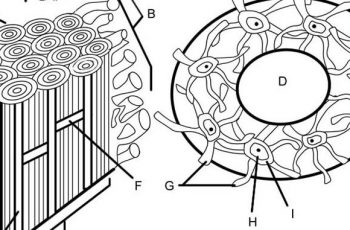
Bone Matrix Anatomy (Coloring)
Anatomy students learn about the skeletal system, where they examine bones and how the bones fit together to make up an entire skeleton. In addition, some course also explore bone tissue and how bone is formed, repaired, and even broken down to release minerals. The bone matrix is composed of cells called osteocytes…
-
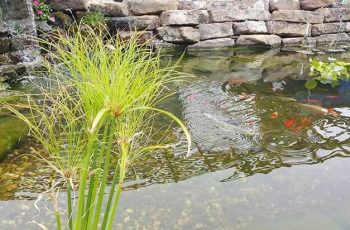
Investigation: What Organisms Are Found in Ponds?
Does your community have ponds, streams, or lakes? Students enjoy working with real biology, and though it may not be possible to take students to a lake, you can bring the lake to the student. This open-ended activity gives students the opportunity to explore pond water and compare the types of species found in…
-
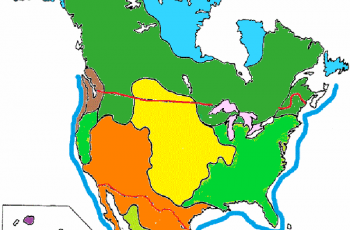
Color the North American Biomes
This coloring activity is suitable for beginning biology students who are learning about the plants and animals found in each major biome. The worksheet does require a basic geography knowledge, which I found somewhat lacking in my freshman students. I usually place a large map of North America on the overhead projector for students…
-
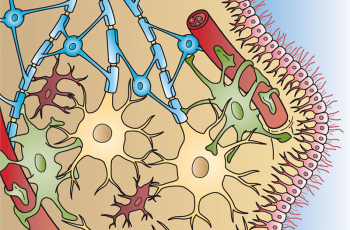
Color the Neuron and Neuroglia
Students can practice what they have learned about neurons with this simple coloring activity. The page shows features of the neuron, such as the axons and dendrites. They will also color the supporting cells of the matrix. There are no instructions, students must identify each of the types of glial cells: oligodendrocytes, astrocytes, microglial cells, ,…
-

Investigation: Stride Length and Bone Lengths
This activity is intended to introduce students to spreadsheets while also reinforcing concepts learned in the unit on the skeletal system. While graphs may be easier to create using google sheets, student can still create graphs by hand using graph paper. Your class will need a set of meter sticks or rules to…
-
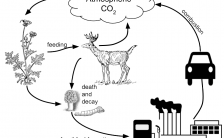
Analyzing Graphics: The Carbon Cycle
This graphic illustrates how atmospheric carbon dioxide is produced during cellular respiration and combustion and then taken up by plants. Students apply what they have learned about the processes of photosynthesis and respiration to label parts of the graphic an answer questions. This activity is probably best done as a pair-share activity or a…
-
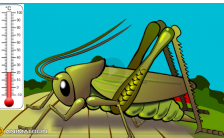
Investigation: What Factors Affect Cricket Chirps?
One of my favorite scientific method activities was a project that used a flash simulation to investigate cricket chirps and how the frequency is affected by temperature, humidity and wind speed. Unfortunately, flash is no longer supported by modern browsers. This alternative assignment asks students to listen (and count) cricket chirps, create a data…
-
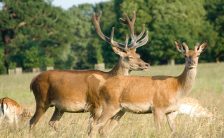
Investigation: Estimating Population Size
In this investigation, students simulate how mark and recapture techniques are used to estimate population size. Prepare populations in advance by gathering 60-150 small objects, like toy spiders, beans, or beads. Toy animals seem to be more exciting for students, and you can sometimes find them at dollar stores. In my class, I…
-
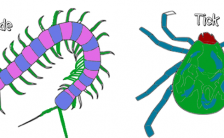
Comparing the Anatomy of Arthropods (Coloring)
This simple activity was designed for intro level biology (life science). Students read about different types of arthropods and learn what characteristics they share, such as an exoskeleton and segmentation. Then they reading focus on specific groups: insects, arachnids, crustaceans and centipedes. The goal is for them to learn that each group has a…
-

How to Use a Spreadsheet to Create a Graph
High school teachers often assume that their students know how to use basic word processing programs, internet browsers, and spreadsheets. My students come to me with very little knowledge in how to do advanced tasks in those platforms, like inserting a graph or image. I created this assignment to give students an introduction into…
-
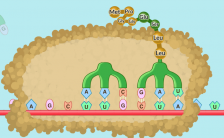
Manipulate DNA in a Simulation to Explore Mutations
This activity uses a simulation from the Concord Consortium. It shows how DNA is transcribed to RNA and then turned into a protein. It’s a very clear animation and can be used on its own as part of a lecture on protein synthesis. I have even used this as a demonstration to show protein folding…
-
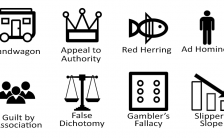
What Are Logical Fallacies?
This activity can be a good introduction to logic and how fallacies can undermine claims in an argument. This can be included in introductory lessons on the scientific method and instruction on how to formulate and support conclusions with data. I’ve also found this to be useful before lessons on evolution where we discuss myths…
-
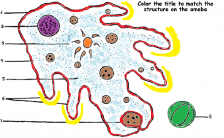
Color the Cellular Structures of the Ameba
This worksheet describes the structures of the unicellular protist known as the ameba. Though NGSS standards do not require units on protozoans, this can still be a useful exercise for examining how structure relates to function and how single-celled organisms move, consume food, and reproduce. What is the amoeba? An amoeba is a type of…
-

Scientific Method in Action
This simple worksheet has two reading passages, similar to what students may see on state standardized science tests. Students read a short description of a science experiment and must answer questions related to science methodology, such as identifying controls and variables and summarizing conclusions that can be drawn from the text. The two stories are…

